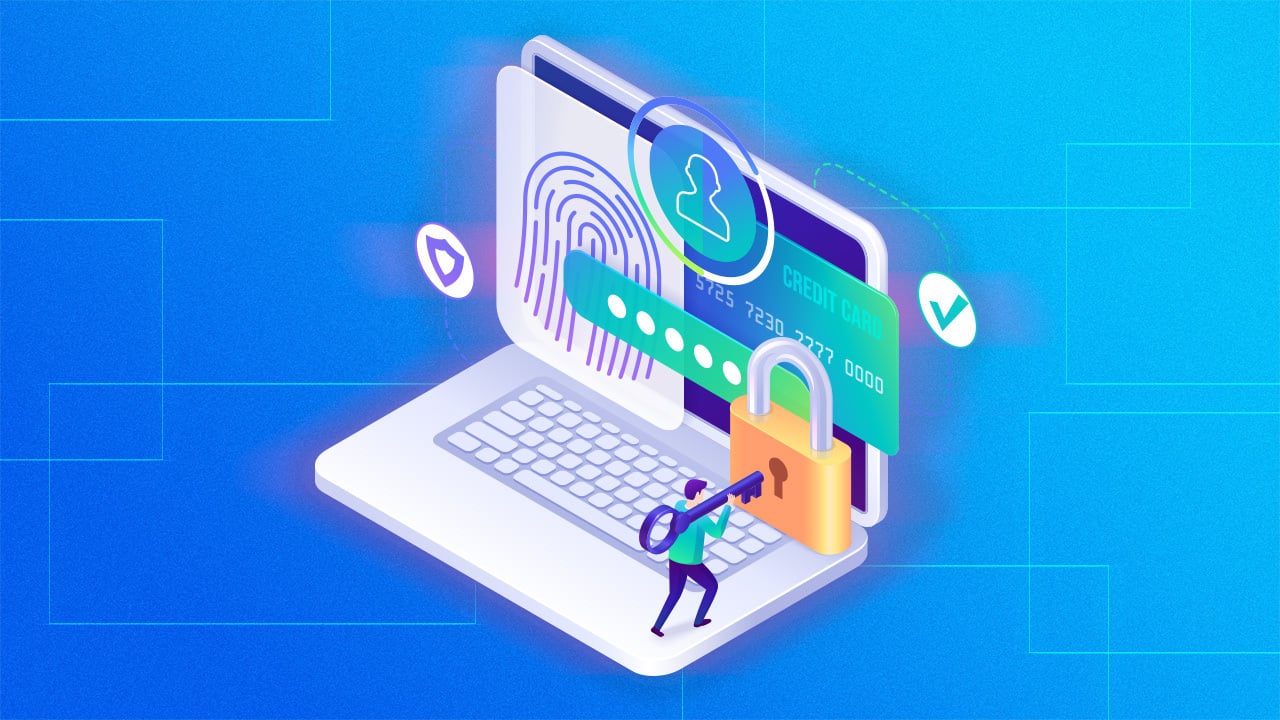Identity theft is a serious crime that can have long-lasting effects on your financial health and reputation. Protecting yourself against identity theft is crucial in today’s digital age. In this guide, we’ll explore what Identity theft protection is, how it happens, and what steps you can take to protect yourself.
What is Identity Theft?
Identity theft occurs when someone steals your personal information, such as your Social Security number or credit card details, to commit fraud or other crimes. This can result in financial losses, damage to your credit score, and even legal issues.
How Does Identity Theft Happen?
Identity theft can happen in various ways, including:
- Data Breaches: Hackers can gain access to databases containing personal information.
- Phishing: Scammers send fraudulent emails or messages to trick you into revealing your personal information.
- Stolen Wallet or Purse: Thieves can steal your wallet or purse containing your ID cards and credit cards.
- Skimming: Criminals use devices to steal your credit card information when you swipe your card at a compromised machine.
Tips for Protecting Yourself Against Identity Theft
- Monitor Your Accounts: Regularly check your bank statements and credit card transactions for any unauthorized activity.
- Use Strong Passwords: Use unique and complex passwords for your online accounts and change them regularly.
- Enable Two-Factor Authentication: Add an extra layer of security to your online accounts by using two-factor authentication.
- Be Cautious of Phishing Scams: Be wary of emails or messages asking for your personal information and verify the sender’s identity before responding.
- Shred Documents Containing Personal Information: Shred documents like bank statements, credit card offers, and receipts before disposing of them.
What to Do if You’re a Victim of Identity Theft
- Contact Your Financial Institutions: Notify your bank and credit card companies immediately if you suspect fraud.
- Place a Fraud Alert on Your Credit Report: Contact one of the three major credit bureaus (Equifax, Experian, or TransUnion) to place a fraud alert on your credit report.
- File a Report with the FTC: Report the identity theft to the Federal Trade Commission (FTC) at IdentityTheft.gov.
Conclusion
Protecting yourself against identity theft requires vigilance and proactive measures. By staying informed about the risks and taking steps to secure your personal information, you can reduce the likelihood of falling victim to identity theft and safeguard your financial future.

